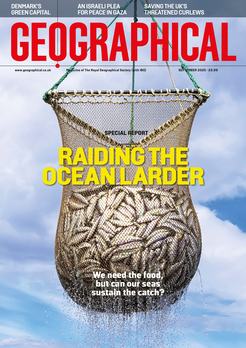
From the importance of maps to the vital role of vultures in our ecosystems, our round-up of our best interviews in 2024
By
This year, Geographical has talked to a plethora of fascinating individuals. From environmental activists leading historical legal battles to photographers advocating for equity, their stories are all varied but ultimately link to fundamental tenets of the world around us – like human communities, our natural landscapes, and the wildlife that inhabits them.
Below we have selected our favourite interviews from the year for you to enjoy. Have a browse and see which ones pique your interest… there’s something for everyone!
Nemonte Nenquimo: ‘I’m fighting for the land I love’
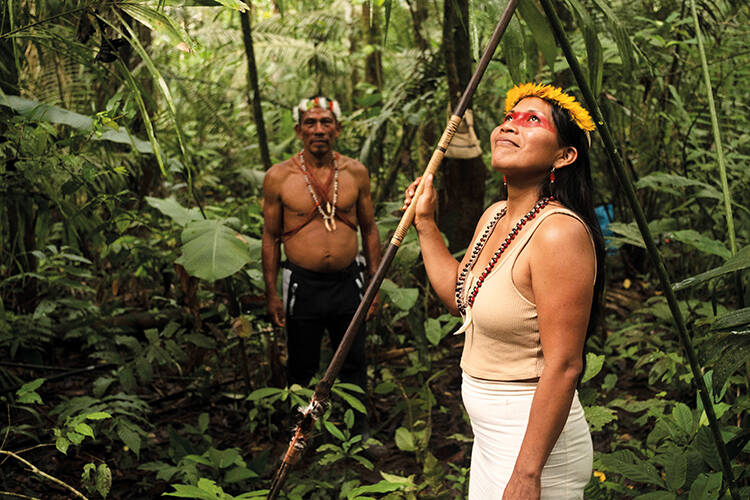
Nemonte Nenquimo, a Waorani leader from Ecuador’s Amazon, has been a steadfast advocate for her people’s rights and environmental preservation. Witnessing the detrimental impacts of external influences – such as missionaries and oil companies – on her community’s health and culture, she was inspired to act.
In 2018, as the first female president of the Waorani of Pastaza, Nenquimo led a historic legal battle against the Ecuadorian government’s plans to auction off Waorani territory for oil exploration. The 2019 court victory protected 500,000 acres of rainforest from drilling. Her efforts have garnered international recognition, including being named one of Time’s 100 most influential people in 2020.
Nenquimo continues to advocate for Indigenous rights and environmental conservation, emphasising the importance of preserving the Amazon rainforest for future generations.
Jazz trumpeter Matthew Halsall on the sounds of nature

Geographical dives into the creative world of jazz trumpeter Matthew Halsall, whose music is deeply inspired by nature’s beauty. From the windswept beaches of Anglesey to Japan’s tranquil bamboo forests, Halsall transforms his experiences of these landscapes into mesmerising compositions.
In this interview, Halsall reflects on the therapeutic power of wild places and how they fuel his creativity. Journey with him to uncover the connection between music, mindfulness, and the environment.
Sebastião Salgado talks about ‘the light inside’
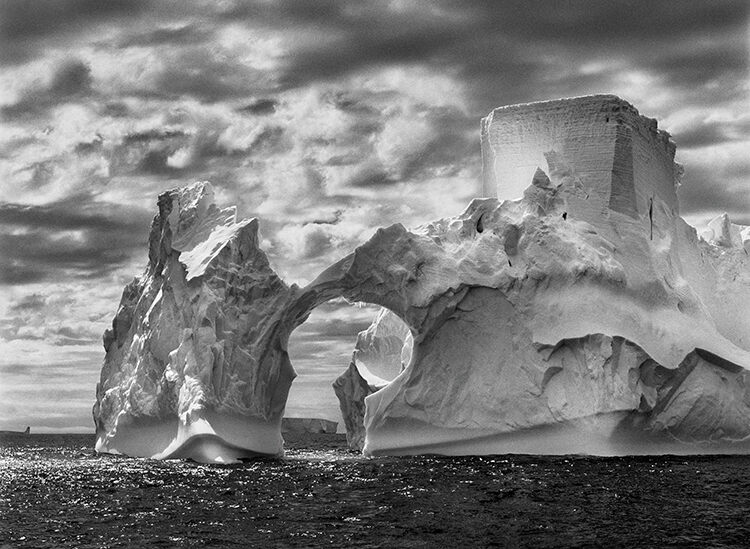
Sebastião Salgado, the celebrated Brazilian photographer, has built a career spanning over 130 countries, focusing on capturing both the planet’s majestic beauty and its profound injustices. Renowned for his black-and-white photography, his subjects range from the Amazon rainforest to global conflicts.
Influenced by his early life in a developing nation and leftist ideology, Salgado views photography as a powerful medium to document the world’s splendour and suffering, with his work ultimately driven by a mission to inspire societal change toward equity and environmental consciousness.
The importance of maps with Alastair Bonnett
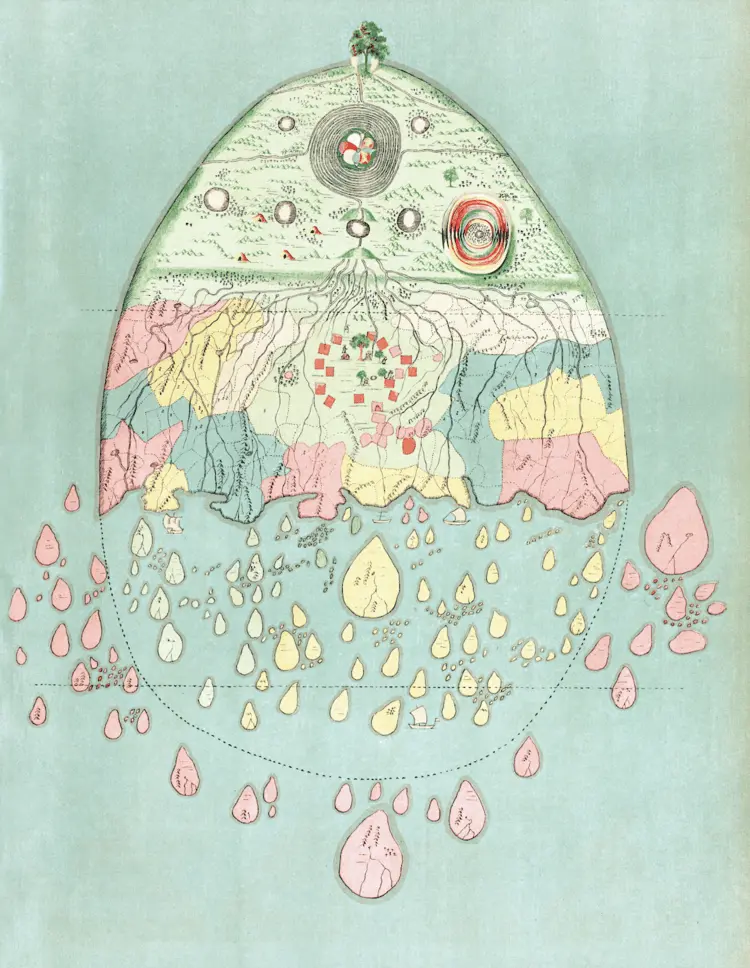
In 40 Maps That Will Change How You See The World, Alastair Bonnett unveils a ‘golden age’ of mapping, where maps become stories that reshape our understanding of the world.
A 12th-century Chinese stone map, centuries ahead of its time, used grids to reflect advanced bureaucracy and mass distribution. A Burmese teardrop map blends topography with Buddhist cosmology, charting both physical and spiritual landscapes. Modern maps like Hao Xiaoguang’s vertical world map place China at the centre, challenging traditional views. Meanwhile, the UN’s ocean map highlights global marine interconnectedness.
Bonnett’s work celebrates maps as more than navigation tools—they are dynamic lenses blending culture, science, and geopolitics to inspire new perspectives.
Saving rafflesia – the world’s largest flower
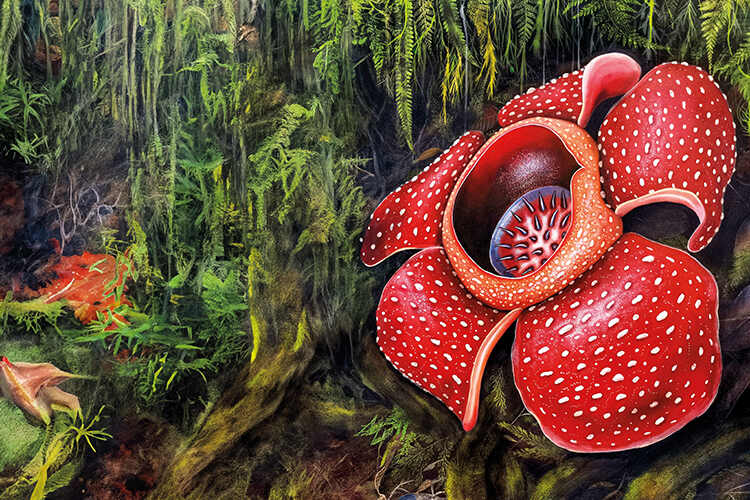
In the heart of Southeast Asia’s jungles, the rafflesia flower emerges as a botanical marvel. Known for its immense size and pungent aroma reminiscent of decaying flesh, this parasitic plant spends most of its life concealed within host vines, revealing its striking bloom only briefly.
Botanist Chris Thorogood has embarked on a mission to conserve this enigmatic species, which faces threats from habitat loss and over-collection. His efforts include pioneering propagation techniques, ensuring he survival of rafflesia in its natural habitat.
Thorogood’s dedication underscores the importance of preserving such unique organisms, which play a vital role in the rich tapestry of our planet’s biodiversity.
Sacha Dench on the importance of vultures – and why we must tackle their decline
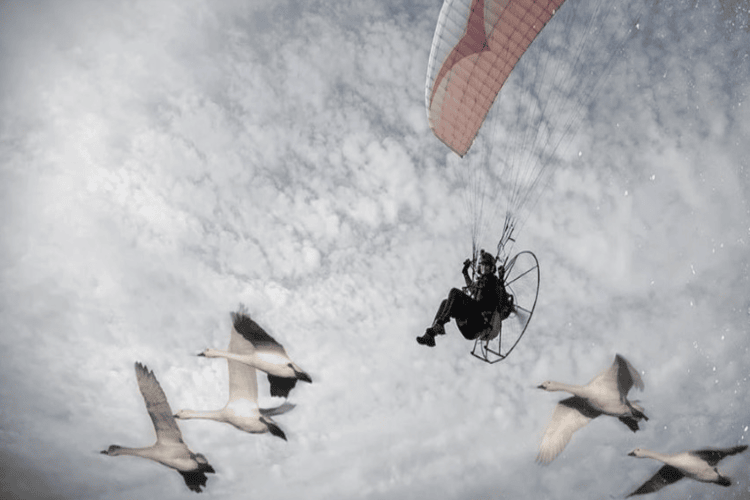
Vultures – nature’s unsung sanitation workers – are facing alarming declines across Africa and Asia, with some populations plummeting by up to 97 per cent over the past half-century.
Their disappearance has dire consequences: in India, the collapse of vulture numbers led to a surge in cattle carcasses, contributing to the deaths of half a million people due to disease spread.
Conservationist Sacha Dench emphasises that vultures’ negative image hampers conservation efforts. She notes that if such declines were happening to more charismatic species, like pandas, there would be a global outcry.
Dench’s ‘Flight of the Vultures’ project aims to spotlight these essential birds by conducting expeditions to critical sites where vultures face significant challenges and where conservationists strive to protect them.
If you want to read more captivating Geographical interviews in the new year, why not check out our digital or print subscriptions… where you can stay up-to-date with every issue, as well as access our full archive dating back to 1935 with hundreds of magazines to explore!

